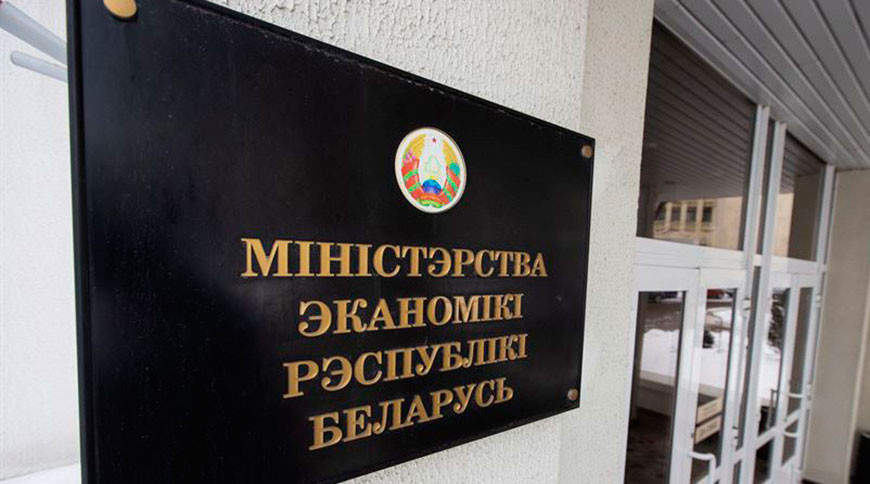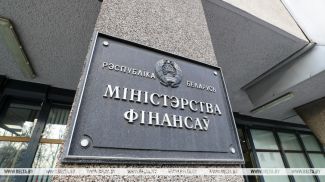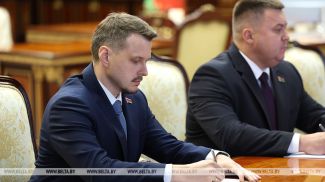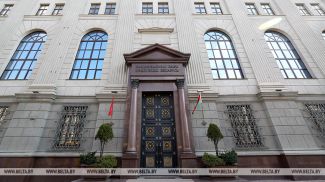
MINSK, 3 January (BelTA) - Head of the fuel and energy department of the Research Institute of the Economy Ministry Vadim Kondrusev told BELTA how things stand in Belarus’ energy sector and the industry’s key projects.
Green energy is usually understood as renewable energy sources (RES), mostly the energy of the sun, wind, water, biomass, and biogas. At the same time, approaches to classifying energy generation facilities as green energy facilities have begun to change in recent years, noted Vadim Kondrusev. “So, in 2022 nuclear energy was included in the European Union's Sustainable Finance Taxonomy. This means that investments in this industry, according to the European Union, will not harm the environment and will contribute to achieving climate neutrality by 2050. This decision was upheld by the majority of MEPs,” he explained.
Belarus has been actively promoting this energy sector recently. The adoption of the Law “On Renewable Energy Sources” in 2010 gave a powerful impetus to the development of renewable energy, which was quite a new thing in the country’s energy system back then.
As of 1 January 2023, the total generating capacity of renewable energy facilities in Belarus was 631.5 MW vs. 45 MW as of 1 January 2010, which represents a 14-times rise over the 13 years. In Belarus, solar energy installations account for 43.2% of renewable energy facilities, they are followed by wind installations (19.3%), water installations (15.2%), biomass installations (15.9%), and biogas installations (6.4%). As a result, the primary energy generated from renewable energy sources accounted for 8.3% of the gross consumption of fuel and energy resources in 2022. The target for 2035 is 9%.
The biggest event for the country’s energy sector in this five-year plan was the commissioning of the Belarusian nuclear power plant with a total design capacity of 2,400 MW. It is expected to reduce the country’s reliance on imported natural gas, increase the energy independence and security, and give a new intellectual and technological impetus to economic growth. “The operation of the Belarusian nuclear power plant at full capacity will allow replacing up to 4.5 billion cubic meters of natural gas per year, reducing the share of gas in electricity production from 95 to 60%, lowering greenhouse gas emissions down to 6.92 million tonnes per year,” the specialist remarked.
It is important for Belarus to work towards reducing the environmental impact of the energy sector, including by cutting the consumption of imported hydrocarbon fuels. “To address this task, work will continue to maximize the share of nuclear energy in the country’s overall energy mix, promote renewable energy sources wherever it makes economic sense, as well as to implement energy saving measures and increase investment in energy efficiency,” Vadim Kondrusev concluded.













